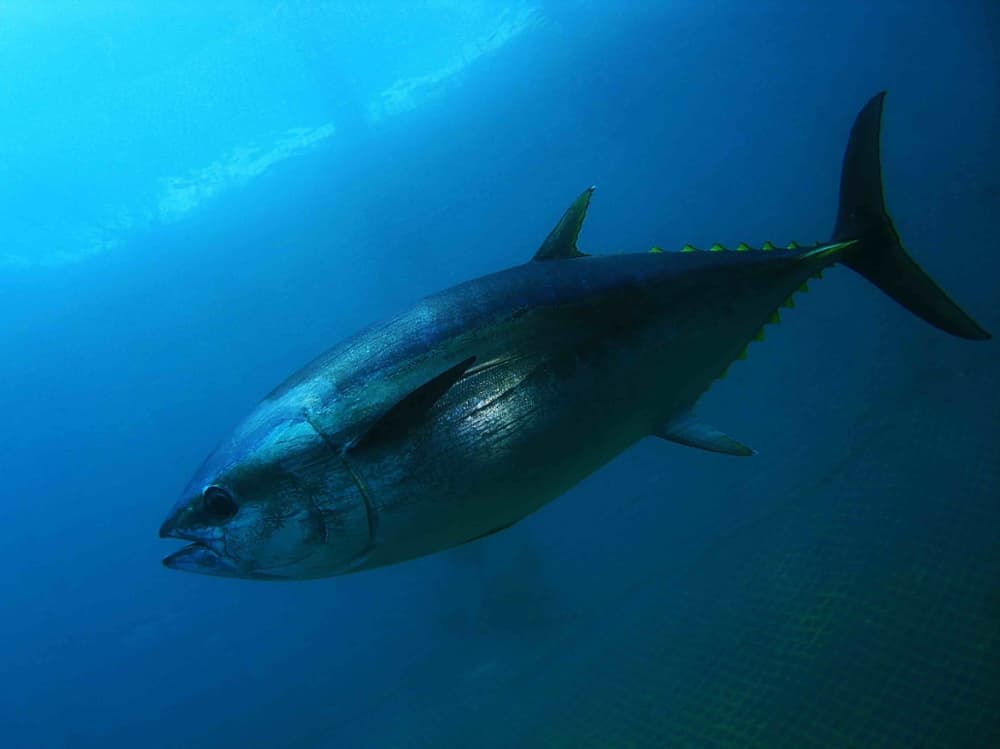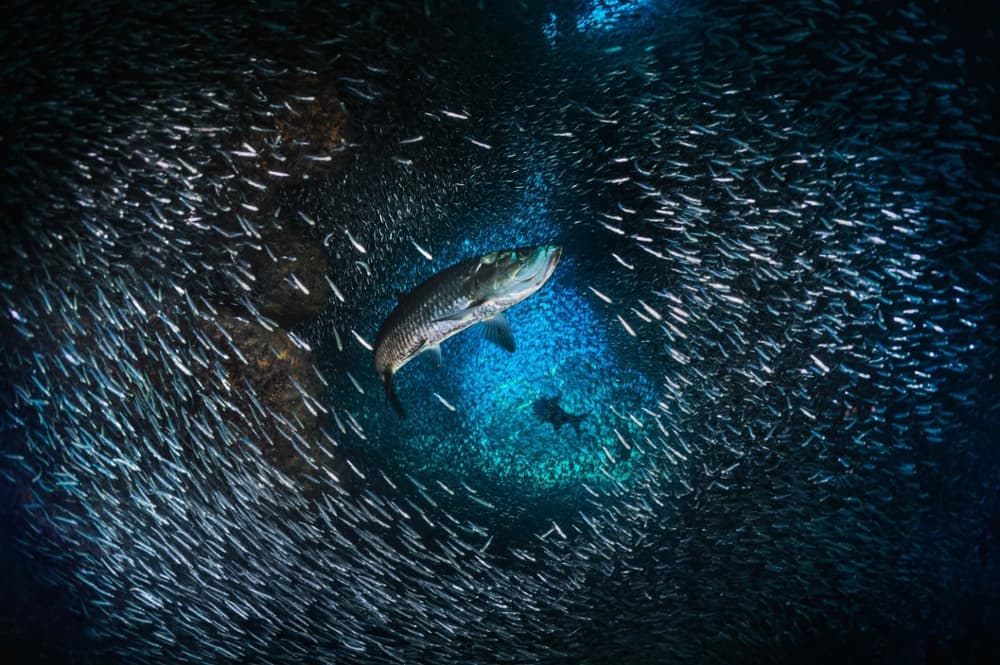New Institute for Conservation of Coastal and Offshore Fishes
 Tunas are one of many highly migratory species that will be studied by the Institute.
Tunas are one of many highly migratory species that will be studied by the Institute. Scientists will focus on migratory species critical to Gulf ecosystems
The Texas A&M University System Board of Regents yesterday authorized the creation of the Gulf Research Institute for Highly Migratory Species at Texas A&M University at Galveston to aid in gathering critical data on habitat requirements, life history and migration of highly migratory species to enhance protection and conservation measures in the Gulf of Mexico.
“As the state’s only sea-grant university, we are driving the blue economy for the State of Texas,” said John Sharp, chancellor of the Texas A&M System. “With 60 years of marine research and demonstrated expertise in state-of-the-art approaches, our marine and maritime branch campus located on the shores of the Gulf of Mexico is uniquely positioned to lead this effort.”
“Supporting the economic, social, political and ecological vitality of our oceans and surrounding ecosystems, or the blue economy, is at the heart of the Galveston Campus’s mission to improve the understanding and sustainability of Texas’s coast and ocean resources,” said M. Katherine Banks, president of Texas A&M University. “We are grateful to the Board of Regents and Chancellor Sharp for demonstrating their commitment to continuing this essential research.”
Research conducted and facilitated by the Institute will provide data to support healthy and sustainable fisheries, which are essential to fishing activities in the Gulf and contribute more than $11 billion annually to the Gulf’s blue economy. Additionally, highly migratory species, such as billfishes, dolphinfishes, tarpon, tunas, and sharks, are vital to marine ecosystems in the Gulf and are often understudied and overfished. Many species are also on the IUCN 2022 Red List of Threatened Species and classified as endangered, vulnerable or near vulnerable.

“An improved understanding of the movements and population connectivity of migratory fishes—the blue travelers of the Gulf—is needed to develop effective management plans for conserving this critical component of the region’s blue economy,” said Galveston Campus marine biology researcher and professor, Jay Rooker, who was appointed director of the Institute.
Rooker explained that many coastal and offshore species found off the coast of Texas routinely traverse state or federal management boundaries and move into the territorial waters of other states and countries where regulatory measures vary significantly. These differences impact fisheries yields and compromise efforts to manage these populations sustainably.
Working with state and federal agencies, non-governmental organizations and management organizations, the Institute will determine research focal areas aimed at issues critical to the conservation of highly migratory species and develop consortia proposals to expand the scope and magnitude of research efforts. The information collected will provide data for resource managers to create accurate population models, quantify the impacts of human and natural disturbances, such as oil spills and hurricanes, and forecast the impacts of a changing environment on these species.
Media Contact
Rebecca Watts
Director, Division of Marketing & Communications
rwatts@tamug.edu
409.740.4840